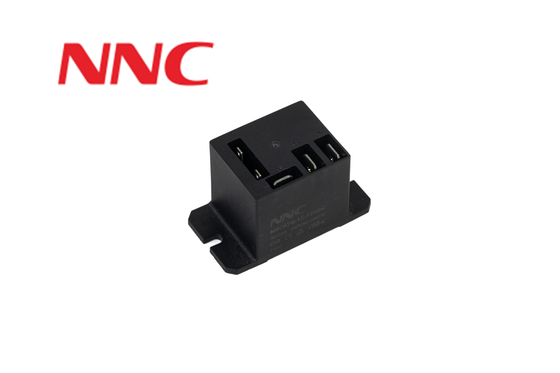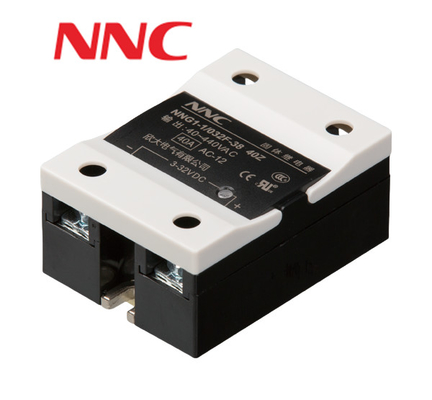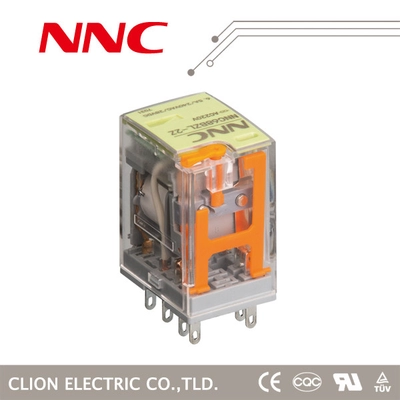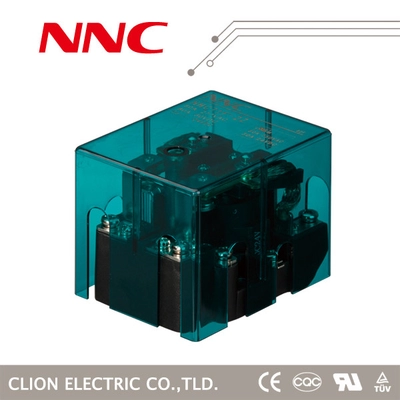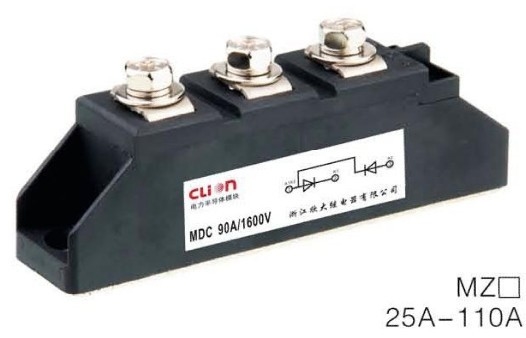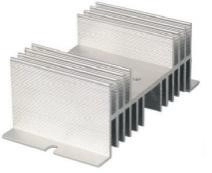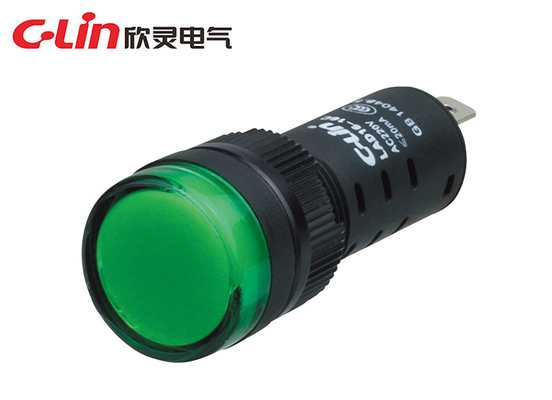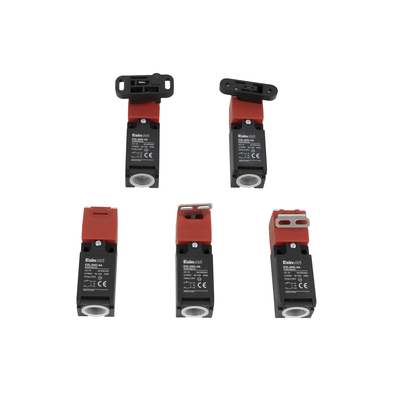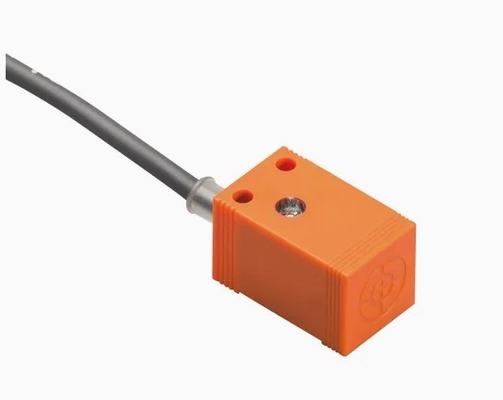NNC General Purpose Relay 68A
In industrial control, household appliances, and infrastructure systems, relays serve as critical components for circuit control, and their reliability directly determines the stability of the entire system. Traditional relays often face issues such as contact oxidation, short lifespan, and weak anti-interference capability. The NNC 68A General Purpose Relay breaks through these technical limitations with innovative design and precision manufacturing, offering three core advantages to become the all-round choice for industrial control applications.
✅ Advantage 1: Composite Contact Technology — Enhanced Lifespan and Reliability
The 68A adopts silver tin oxide composite contacts and a double-break structure, reducing contact resistance to as low as 10mΩ and supporting a load capacity of 10A/250VAC. With an electrical lifespan of 100,000 cycles and a mechanical lifespan exceeding 10 million cycles, it outperforms traditional relays by 3 times, completely eliminating arc erosion and contact welding issues.
✅ Advantage 2: Fully Sealed Structure — Built for Harsh Environments
The relay features epoxy resin vacuum potting and an integrated metal shield design, achieving an IP67 protection rating (dustproof, waterproof, and vibration-resistant). It operates reliably in temperatures ranging from -40°C to 85°C, with an isolation voltage of up to 4000VAC between the coil and contacts, effectively suppressing electromagnetic interference. This makes it ideal for high-noise environments such as frequency converters and PLCs.
✅ Advantage 3: Global Standard Compatibility — Easy Installation and Maintenance
The 68A complies with international base standards (compatible with mainstream 8/11-pin configurations) and supports quick DIN rail mounting with front-terminal labeling. Its transparent dust cover allows real-time contact status observation, and an optional LED action indicator significantly reduces maintenance complexity.




 Your message must be between 20-3,000 characters!
Your message must be between 20-3,000 characters! Please check your E-mail!
Please check your E-mail!  Your message must be between 20-3,000 characters!
Your message must be between 20-3,000 characters! Please check your E-mail!
Please check your E-mail! 
